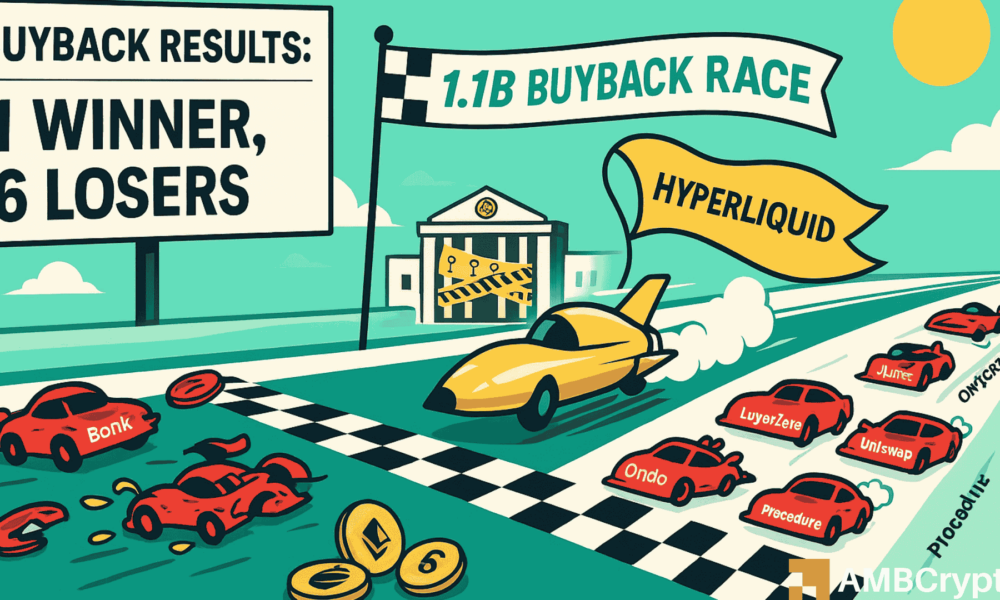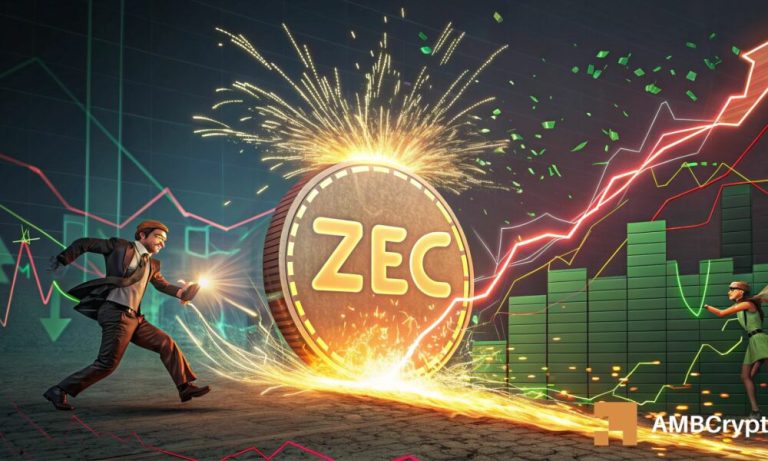
The world of cryptocurrency continues to be a hotbed of innovation, and in recent times, token buybacks have emerged as a significant trend. However, not all buybacks are created equal. A recent analysis reveals that while Hyperliquid, a perpetual decentralized exchange (DEX), managed to soar with a 65% profit after a $780 million buyback, other projects like Jupiter, Bonk, and LayerZero incurred massive losses.
Hyperliquid: A Standout Performer
Hyperliquid embarked on a $780 million buyback program, repurchasing 34.41 million HYPE tokens. This move wasn’t a mere marketing gimmick; it was supported by robust fundamentals. Hyperliquid offers real utility through its revenue-generating perpetual futures trading platform, where users holding HYPE tokens enjoy fee discounts and other advantages.
The buyback pushed the value of its tokens up to $1.28 billion, creating a profit margin of over 65.16%. This success exemplifies a strategic buyback plan that aligns with organic demand and platform growth. HYPE tokens are currently trading at $38.43, showcasing resilience despite short-term market volatility.
The Contrasting Failures
Other crypto projects that ventured into buybacks didn’t fare as well. Combined, Bonk, Jupiter, LayerZero, and four other projects spent $1.1 billion on buybacks, yet they faced a cumulative loss of $98 million. The lack of robust token utility and unsustainable revenue models seemed to be the common denominators for their struggles.
- Bonk: Despite spending $26.65 million on buybacks, Bonk suffered a -57% loss. The token’s limited utility and lack of revenue streams made it a tough sell for investors.
- LayerZero: This project spent $100 million but recorded a 31.5% decline in token value. Without clear use cases, the buyback failed to generate sustained demand.
- Jupiter: Solana’s leading DEX couldn’t overcome similar hurdles, posting a -27.5% loss after a $62 million buyback.
The market’s verdict is clear: buybacks can amplify existing demand but cannot create it artificially. Projects without strong fundamentals often see these efforts backfire.
How to Spot a Sustainable Buyback Strategy
Hyperliquid’s strategy offers valuable insights into what makes a buyback successful. The platform created a genuine supply shock by acquiring tokens during its growth phase instead of post-peak, amplifying organic demand. By contrast, unsuccessful projects used buybacks as a temporary band-aid to mask underlying weaknesses.
Looking for promising projects? Prioritize those with real revenue models, strong community support, and clear token utility. For instance, Hyperliquid’s ability to provide strategic benefits for HYPE holders demonstrates how utility aligns with long-term value preservation.
Crypto Investing: Be Prepared
Cryptocurrency investments are inherently high-risk and require thorough research. If you’re considering diversifying your portfolio, look into emerging platforms that prioritize utility and sustainability over short-term gains.
As an example of real-world application, consider Coinbase’s Learn and Earn program (available here: https://www.coinbase.com/learn) that offers curated guides to help investors better understand crypto trends and platforms.
The crypto market is ever-evolving, and while buybacks may promise short-term gains, they don’t guarantee long-term value. Stay informed and always invest wisely.



